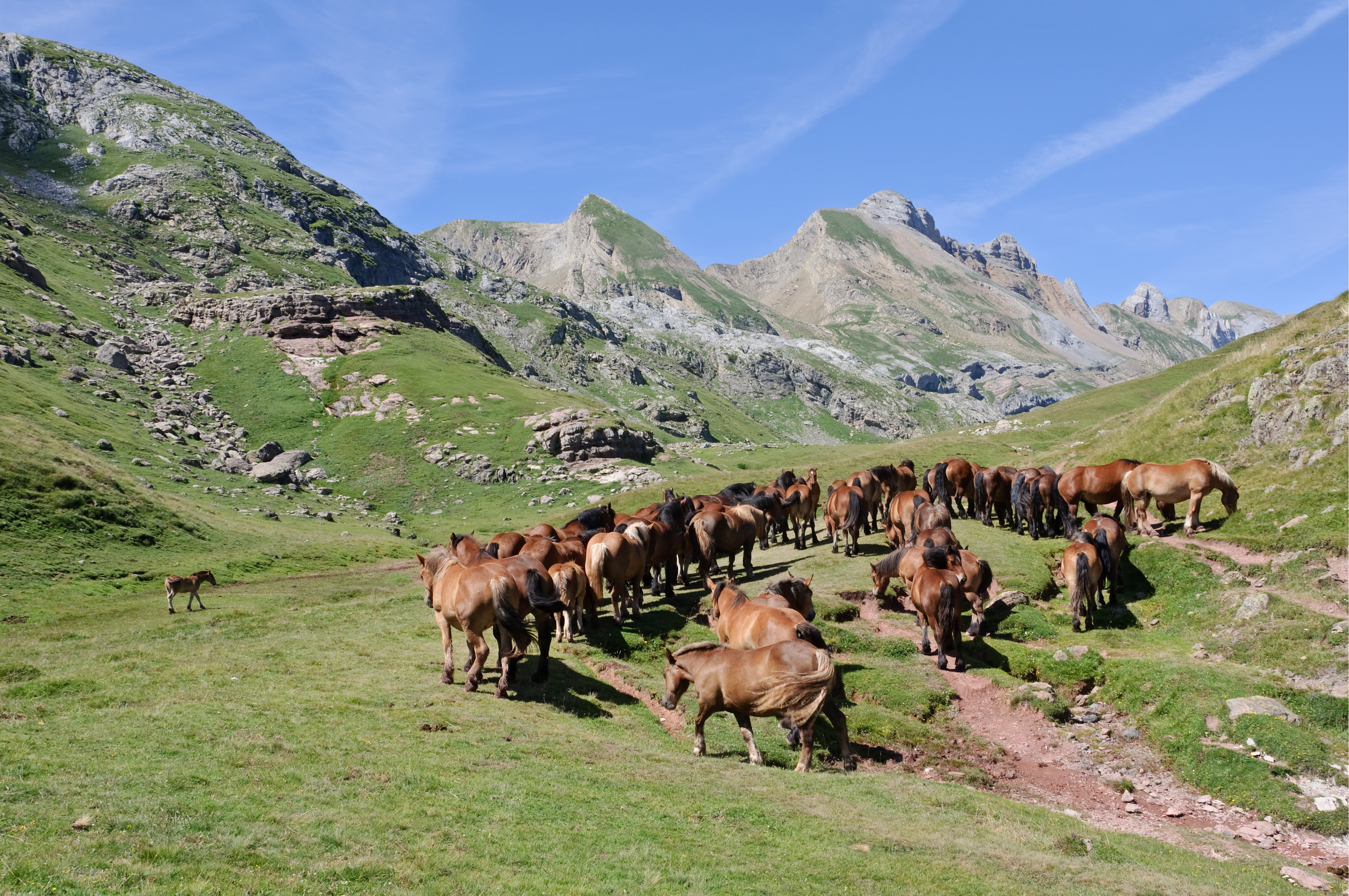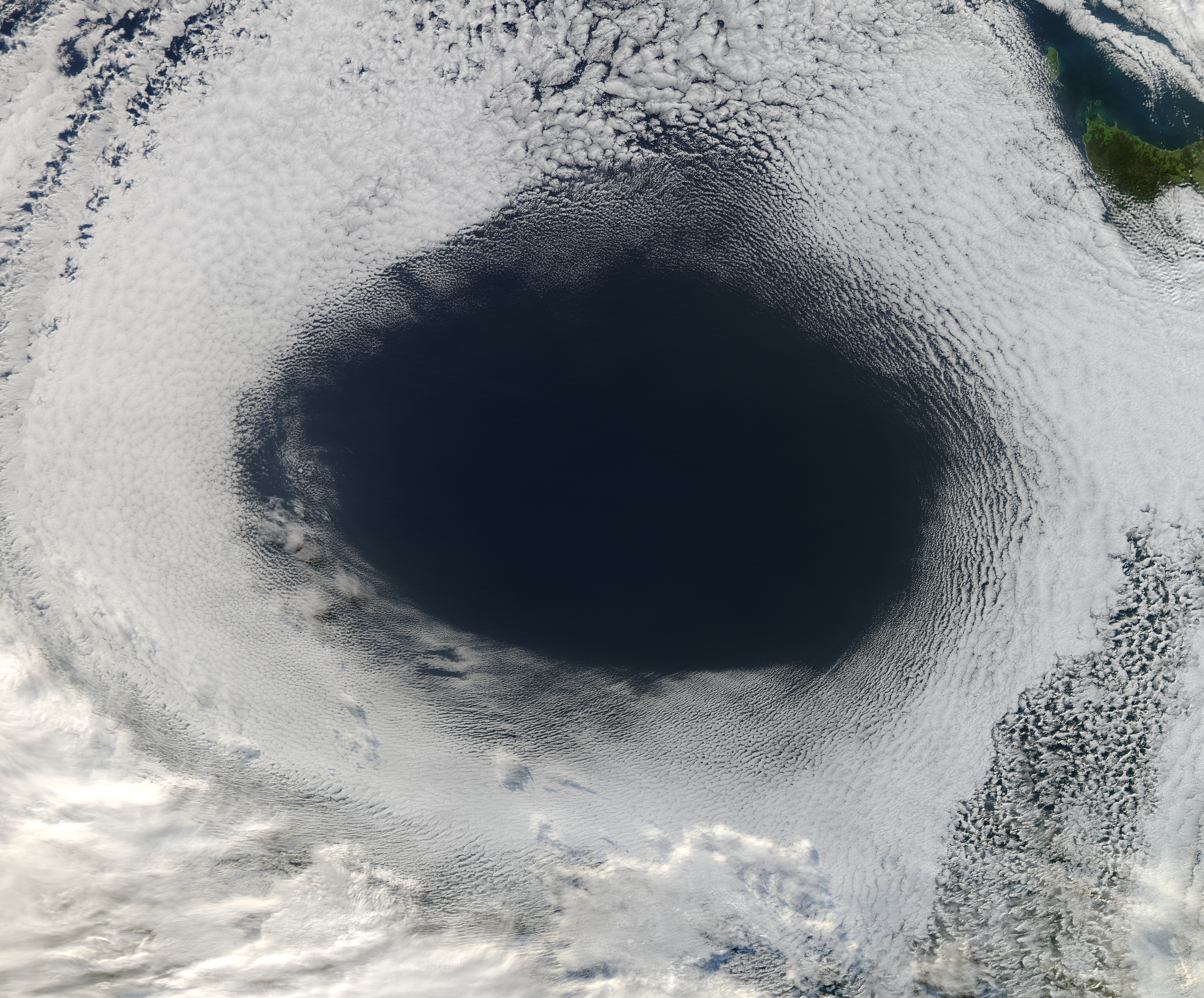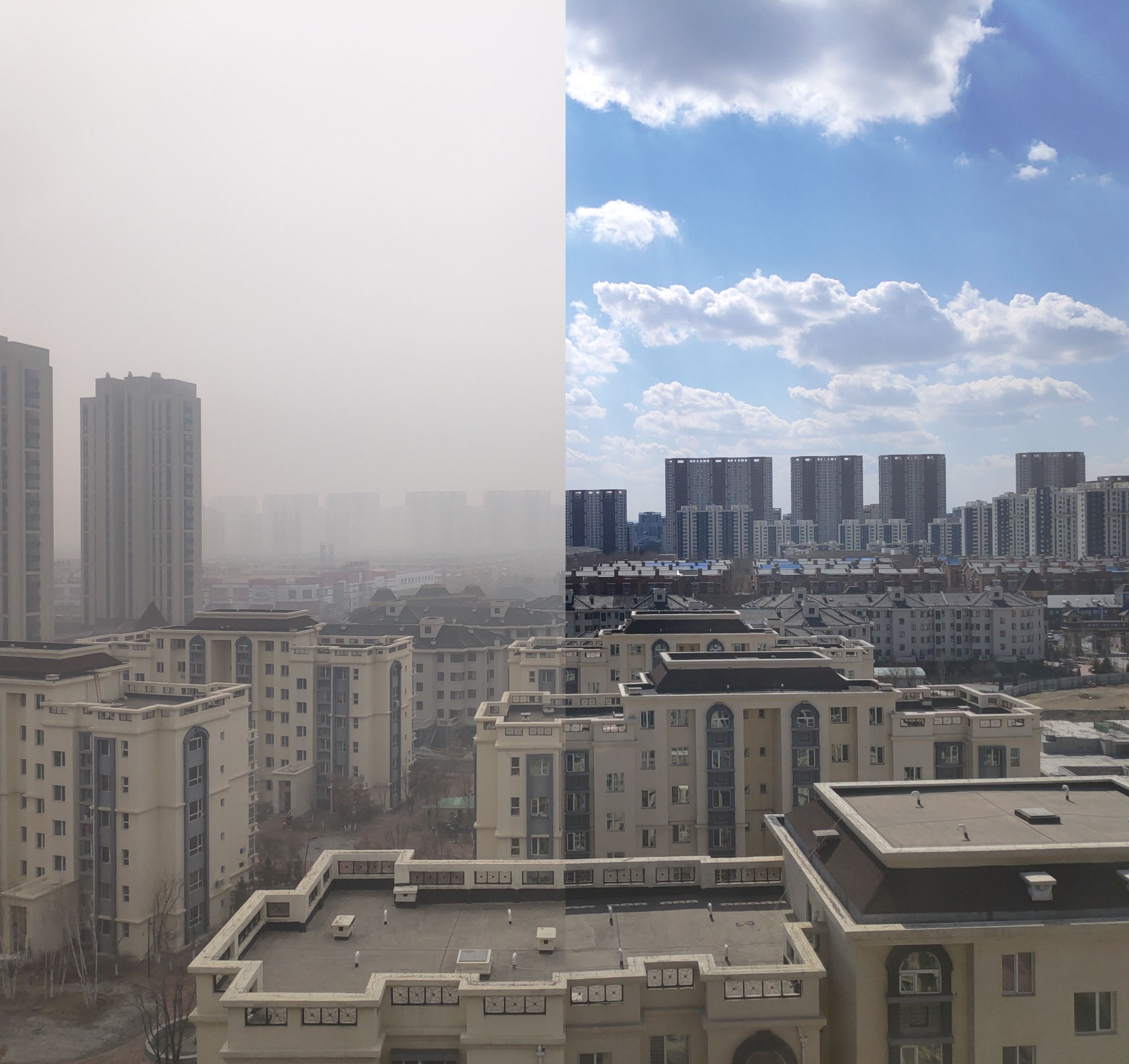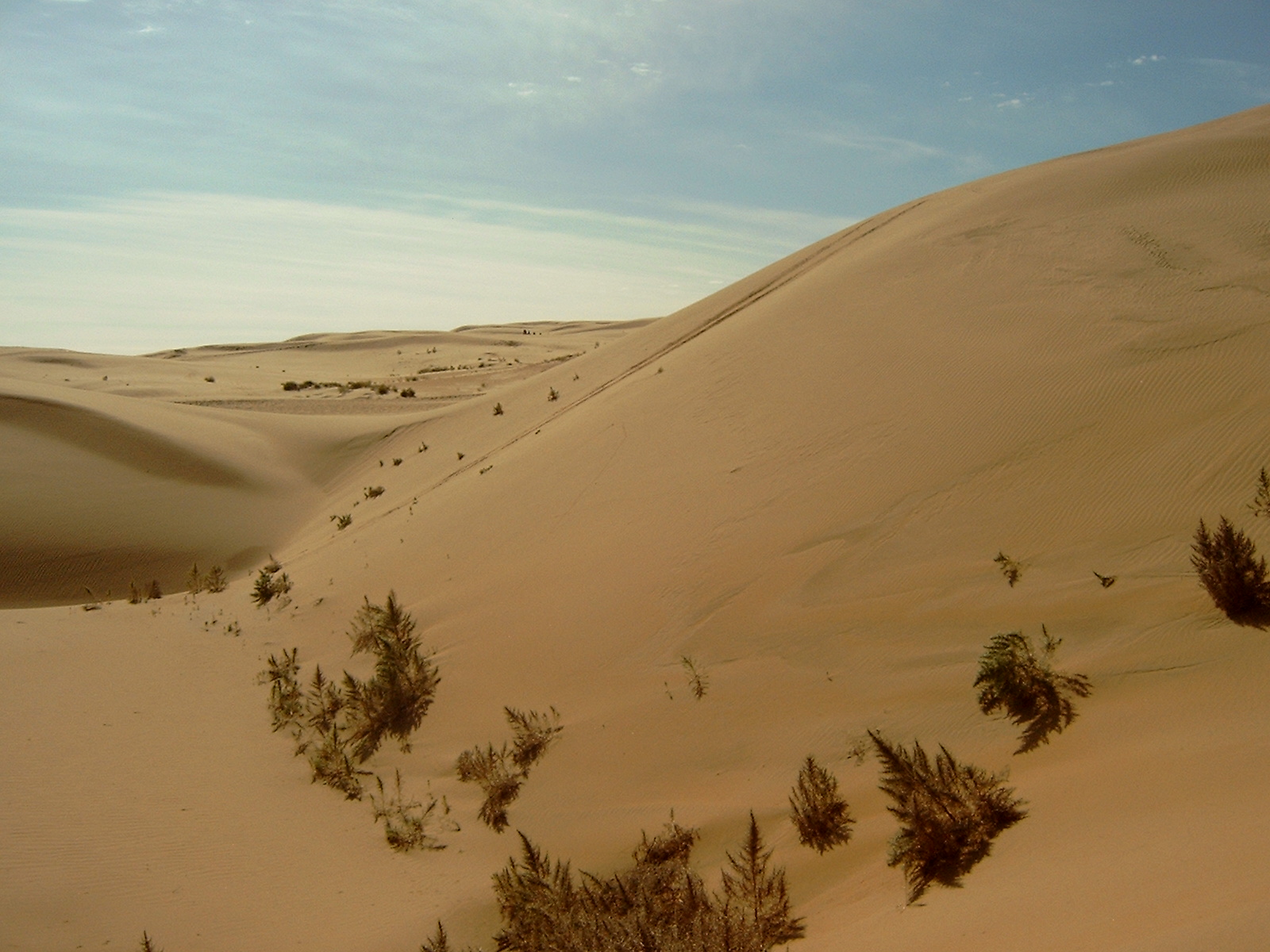|
Geography Of Beijing
Beijing is a municipality located in North China at the northern tip of the North China Plain, near the meeting point of the Xishan and Yanshan mountain ranges. The city itself lies on flat land (elevation ) that opens to the east and south. The municipality's outlying districts and counties extend into the mountains that surround the city from the southwest to the northeast. The highest peaks are over . Beijing Municipality consists of six city districts (previously eight, see Xuanwu and Chongwen), eight suburban districts and two rural counties. It covers a total area of . By land area, the municipality is slightly smaller than the country of Kuwait, though much of the municipality outside the urban core is sparsely populated mountains and farmland. The terrain is roughly 38% flat and 62% mountainous.(Chinese北京地理概貌 last accessed 11/18/08 The city is inland from the Bohai Sea via Tianjin Municipality in the southeast. Aside from Tianjin, Beijing is bordered ... [...More Info...] [...Related Items...] OR: [Wikipedia] [Google] [Baidu] |
Beijing In China (+all Claims Hatched)
Beijing, previously romanized as Peking, is the capital city of China. With more than 22 million residents, it is the world's most populous national capital city as well as China's second largest city by urban area after Shanghai. It is located in Northern China, and is governed as a municipality under the direct administration of the State Council with 16 urban, suburban, and rural districts.Figures based on 2006 statistics published in 2007 National Statistical Yearbook of China and available online at archive. Retrieved 21 April 2009. Beijing is mostly surrounded by Hebei Province and neighbors Tianjin to the southeast; together, the three divisions form the Jing-Jin-Ji cluster. Beijing is a global city and one of the world's leading centres for culture, diplomacy, politics, finance, business and economics, education, research, language, tourism, media, sport, science and technology, transportation, and art. It is home to the headquarters of most of China's largest ... [...More Info...] [...Related Items...] OR: [Wikipedia] [Google] [Baidu] |
Sedentism
In anthropology, sedentism (sometimes called sedentariness; compare sedentarism) is the practice of living in one place for a long time. As of , the large majority of people belong to sedentary cultures. In evolutionary anthropology and archaeology, ''sedentism'' takes on a slightly different sub-meaning, often applying to the transition from nomadic society to a lifestyle that involves remaining in one place permanently. Essentially, sedentism means living in groups permanently in one place. The invention of agriculture led to sedentism in many cases, but the earliest sedentary settlements were pre-agricultural. Initial requirements for permanent, non-agricultural settlements For small-scale nomadic societies it can be difficult to adopt a sedentary lifestyle in a landscape without on-site agricultural or livestock breeding resources, since sedentism often requires sufficient year-round, easily accessible local natural resources. Non-agricultural sedentism requires goo ... [...More Info...] [...Related Items...] OR: [Wikipedia] [Google] [Baidu] |
Climate
Climate is the long-term weather pattern in a region, typically averaged over 30 years. More rigorously, it is the mean and variability of meteorological variables over a time spanning from months to millions of years. Some of the meteorological variables that are commonly measured are temperature, humidity, atmospheric pressure, wind, and precipitation. In a broader sense, climate is the state of the components of the climate system, including the atmosphere, hydrosphere, cryosphere, lithosphere and biosphere and the interactions between them. The climate of a location is affected by its latitude, longitude, terrain, altitude, land use and nearby water bodies and their currents. Climates can be classified according to the average and typical variables, most commonly temperature and precipitation. The most widely used classification scheme is the Köppen climate classification. The Thornthwaite system, in use since 1948, incorporates evapotranspiration along ... [...More Info...] [...Related Items...] OR: [Wikipedia] [Google] [Baidu] |
Dust Storms
A dust storm, also called a sandstorm, is a meteorological phenomenon common in arid and semi-arid regions. Dust storms arise when a gust front or other strong wind blows loose sand and dirt from a dry surface. Fine particles are transported by saltation and suspension, a process that moves soil from one place and deposits it in another. These storms can reduce visibility, disrupt transportation, and pose serious health risks. Over time, repeated dust storms can reduce agricultural productivity and contribute to desertification. The arid regions of North Africa, the Middle East, Central Asia and China are the main terrestrial sources of airborne dust. It has been argued that poor management of Earth's drylands, such as neglecting the fallow system, are increasing the size and frequency of dust storms from desert margins and changing both the local and global climate, as well as impacting local economies. The term ''sandstorm'' is used most often in the context of desert ... [...More Info...] [...Related Items...] OR: [Wikipedia] [Google] [Baidu] |
Desertification
Desertification is a type of gradual land degradation of Soil fertility, fertile land into arid desert due to a combination of natural processes and human activities. The immediate cause of desertification is the loss of most vegetation. This is driven by a number of factors, alone or in combination, such as drought, climatic shifts, tillage for agriculture, overgrazing and deforestation for fuel or construction materials. Though vegetation plays a major role in determining the Soil biology, biological composition of the soil, studies have shown that, in many environments, the rate of erosion and runoff decreases exponentially with increased vegetation cover. Unprotected, dry soil surfaces blow away with the wind or are washed away by flash floods, leaving infertile lower soil layers that bake in the sun and become an unproductive hardpan. At least 90% of the inhabitants of drylands live in Developing country, developing countries, where they also suffer from poor economic and s ... [...More Info...] [...Related Items...] OR: [Wikipedia] [Google] [Baidu] |
Siberia
Siberia ( ; , ) is an extensive geographical region comprising all of North Asia, from the Ural Mountains in the west to the Pacific Ocean in the east. It has formed a part of the sovereign territory of Russia and its predecessor states since the lengthy conquest of Siberia, which began with the fall of the Khanate of Sibir in 1582 and concluded with the annexation of Chukotka in 1778. Siberia is vast and sparsely populated, covering an area of over , but home to roughly a quarter of Russia's population. Novosibirsk, Krasnoyarsk, and Omsk are the largest cities in the area. Because Siberia is a geographic and historic concept and not a political entity, there is no single precise definition of its territorial borders. Traditionally, Siberia spans the entire expanse of land from the Ural Mountains to the Pacific Ocean, with the Ural River usually forming the southernmost portion of its western boundary, and includes most of the drainage basin of the Arctic Ocean. I ... [...More Info...] [...Related Items...] OR: [Wikipedia] [Google] [Baidu] |
Anticyclone
A high-pressure area, high, or anticyclone, is an area near the surface of a planet where the atmospheric pressure is greater than the pressure in the surrounding regions. Highs are middle-scale meteorological features that result from interplays between the relatively larger-scale dynamics of an entire planet's atmospheric circulation. The strongest high-pressure areas result from masses of cold air which spread out from polar regions into cool neighboring regions. These highs weaken once they extend out over warmer bodies of water. Weaker—but more frequently occurring—are high-pressure areas caused by atmospheric subsidence: Air becomes cool enough to precipitate out its water vapor, and large masses of cooler, drier air descend from above. Within high-pressure areas, winds flow from where the pressure is highest, at the center of the area, towards the periphery where the pressure is lower. However, the direction is not straight from the center outwards, but curved du ... [...More Info...] [...Related Items...] OR: [Wikipedia] [Google] [Baidu] |
Monsoons
A monsoon () is traditionally a seasonal reversing wind accompanied by corresponding changes in precipitation but is now used to describe seasonal changes in atmospheric circulation and precipitation associated with annual latitudinal oscillation of the Intertropical Convergence Zone (ITCZ) between its limits to the north and south of the equator. Usually, the term monsoon is used to refer to the rainy phase of a seasonally changing pattern, although technically there is also a dry phase. The term is also sometimes used to describe locally heavy but short-term rains. The major monsoon systems of the world consist of the West African, Asian– Australian, the North American, and South American monsoons. The term was first used in English in British India and neighboring countries to refer to the big seasonal winds blowing from the Bay of Bengal and Arabian Sea in the southwest bringing heavy rainfall to the area. Etymology The etymology of the word monsoon is not wh ... [...More Info...] [...Related Items...] OR: [Wikipedia] [Google] [Baidu] |
Smog
Smog, or smoke fog, is a type of intense air pollution. The word "smog" was coined in the early 20th century, and is a portmanteau of the words ''smoke'' and ''fog'' to refer to smoky fog due to its opacity, and odour. The word was then intended to refer to what was sometimes known as pea soup fog, a familiar and serious problem in London from the 19th century to the mid-20th century, where it was commonly known as a London particular or London fog. This kind of visible air pollution is composed of nitrogen oxides, sulfur oxide, ozone, smoke and other Particulate matter, particulates. Man-made smog is derived from coal combustion emissions, vehicular emissions, industrial emissions, forest and agricultural fires and photochemical reactions of these emissions. Smog is often categorized as being either summer smog or winter smog. Summer smog is primarily associated with the photochemical formation of ozone. During the summer season when the temperatures are warmer and there is ... [...More Info...] [...Related Items...] OR: [Wikipedia] [Google] [Baidu] |
Air Pollution
Air pollution is the presence of substances in the Atmosphere of Earth, air that are harmful to humans, other living beings or the environment. Pollutants can be Gas, gases like Ground-level ozone, ozone or nitrogen oxides or small particles like soot and dust. It affects both outdoor air and indoor air. Natural sources of air pollution include Wildfire, wildfires, Dust storm, dust storms, and Volcanic eruption, volcanic eruptions. Indoor air pollution is often Energy poverty and cooking, caused by the use of biomass (e.g. wood) for cooking and heating. Outdoor air pollution comes from some industrial processes, the burning of Fossil fuel, fossil fuels for electricity and transport, waste management and agriculture. Many of the contributors of local air pollution, especially the burning of fossil fuels, also cause greenhouse gas emissions that cause climate change, global warming. Air pollution causes around 7 or 8 million deaths each year. It is a significant risk factor for ... [...More Info...] [...Related Items...] OR: [Wikipedia] [Google] [Baidu] |
Steppes
In physical geography, a steppe () is an ecoregion characterized by grassland plains without closed forests except near rivers and lakes. Steppe biomes may include: * the montane grasslands and shrublands biome * the tropical and subtropical grasslands, savannas, and shrublands biome * the temperate grasslands, savannas, and shrublands biome A steppe is usually covered with grass and shrubs, depending on the season and latitude. The term ''steppe climate'' denotes a semi-arid climate, which is encountered in regions too dry to support a forest, but not dry enough to be a desert. Steppes are usually characterized by a semi-arid or continental climate. Temperature extremes can be recorded in the summer of up to and in winter of down to . Besides this major seasonal difference, fluctuations between day and night are also significant: in both the highlands of Mongolia and northern Nevada, can be reached during the day with sub-freezing readings at night. Steppes average of a ... [...More Info...] [...Related Items...] OR: [Wikipedia] [Google] [Baidu] |
Gobi
The Gobi Desert (, , ; ) is a large, cold desert and grassland region in North China and southern Mongolia. It is the sixth-largest desert in the world. The name of the desert comes from the Mongolian word ''gobi'', used to refer to all of the waterless regions in the Mongolian Plateau; in Chinese, ''gobi'' is used to refer to rocky, semi-deserts such as the Gobi itself rather than sandy deserts. Geography The Gobi measures from southwest to northeast and from north to south. The desert is widest in the west, along the line joining the Lake Bosten and the Lop Nor (87°–89° east). Its area is approximately . Gobi includes the long stretch of desert extending from the foot of the Pamirs (77° east) to the Greater Khingan Mountains, 116–118° east, on the border of Manchuria; and from the foothills of the Altay, Sayan, and Yablonoi mountain ranges on the north to the Kunlun, Altyn-Tagh, and Qilian mountain ranges, which form the northern edges of the Tibetan Plate ... [...More Info...] [...Related Items...] OR: [Wikipedia] [Google] [Baidu] |










